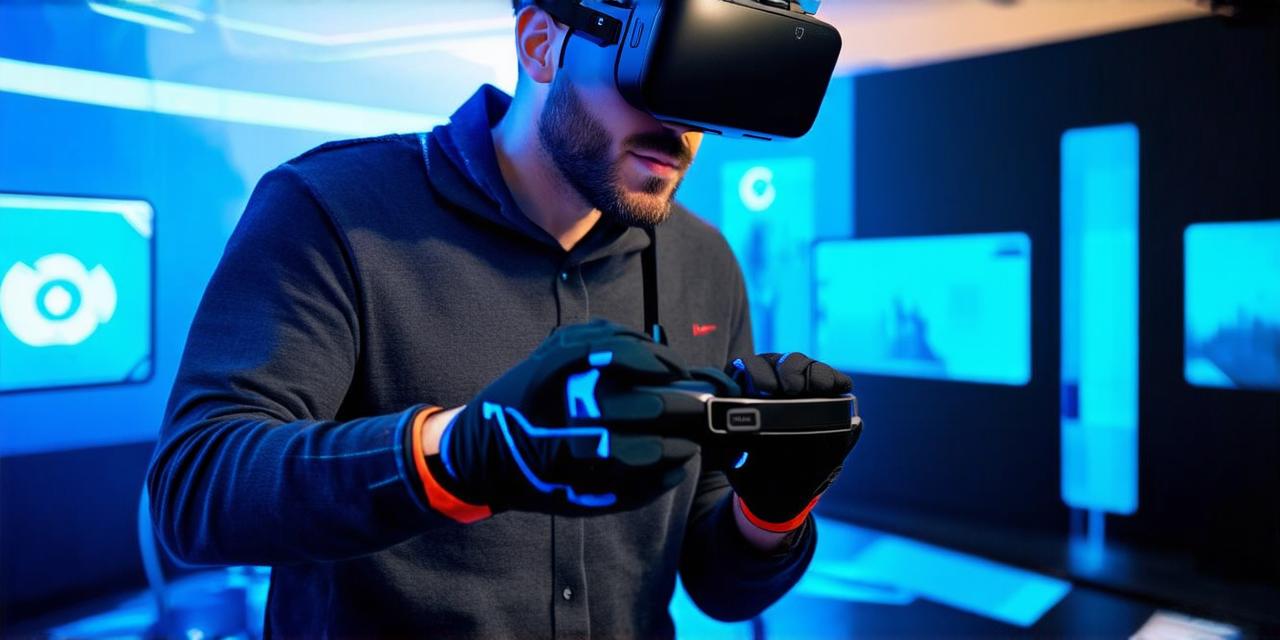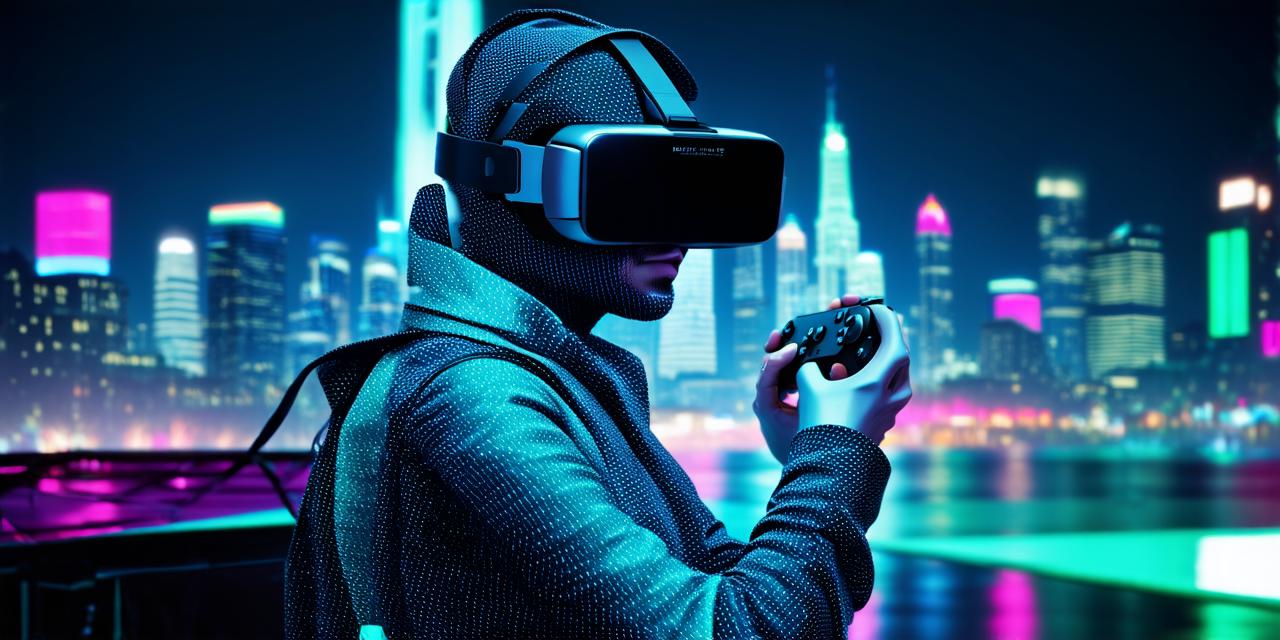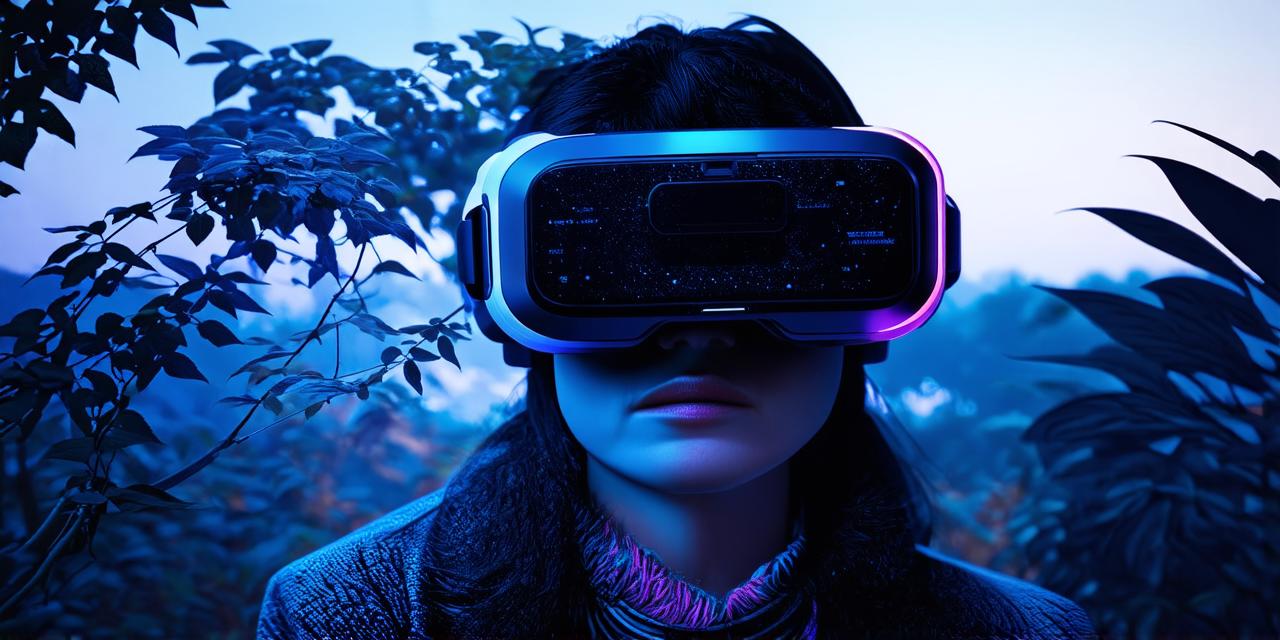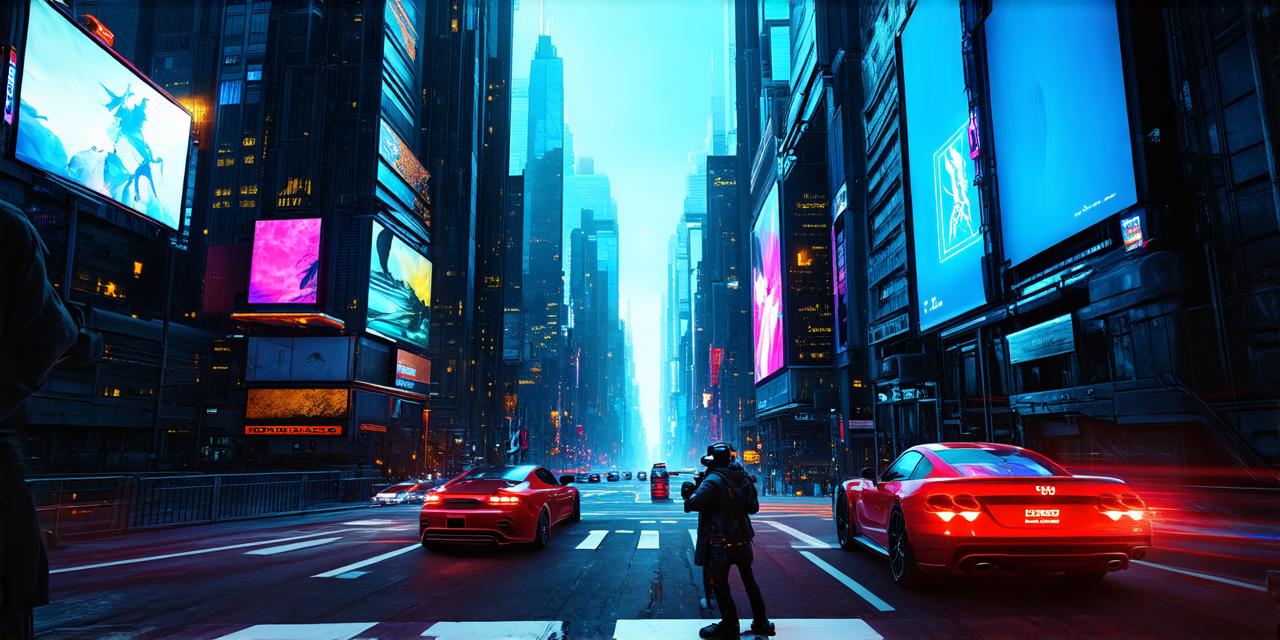Virtual Reality (VR) is a computer-generated experience that simulates a 3D environment in the real or imagined world. It allows users to interact with the virtual environment, engage their senses, and feel like they are physically present in it. VR technology was first introduced in the 1960s by Ivan Sutherland, who created the first virtual reality system called Sketchpad.
Today, VR is used in a variety of applications, including gaming, education, healthcare, entertainment, and more.
One of the key features of VR is its ability to provide a fully immersive experience. Users wear special headsets or glasses that track their movements and provide a 360-degree view of the virtual environment. This allows them to feel like they are truly in the virtual world, with no distractions from the real world.
In addition to the headset, VR systems typically require a computer with powerful hardware and software, as well as controllers or gloves that allow users to interact with the virtual environment. The cost of VR equipment varies depending on the quality and complexity of the system, but it can range from a few hundred dollars for a basic headset to thousands of dollars for a high-end setup.
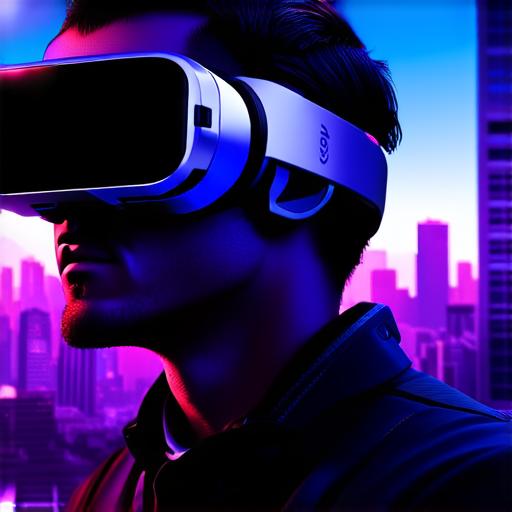
Another important aspect of VR is its ability to simulate realistic sensory experiences. For example, some VR systems use haptic feedback devices, such as gloves or vests, to provide tactile sensations that make users feel like they are physically interacting with the virtual environment.
Virtual reality has many applications in various fields, including gaming, education, healthcare, entertainment, and more. In gaming, VR provides an immersive experience that allows players to feel like they are physically in the game. For example, “Beat Saber” offers a VR mode where players use virtual lightsabers to slice through blocks in a rhythmic fashion.
In education, VR is being used to provide students with immersive learning experiences that allow them to explore real-world environments and situations in a safe and controlled environment. Medical students can use VR simulations to practice surgeries and other procedures, while history students can virtually walk through ancient cities and explore historical landmarks.
In healthcare, VR technology is being used to treat a variety of conditions, including anxiety, depression, and PTSD. By providing patients with a virtual environment that closely resembles their real-world surroundings, therapists can help patients confront and overcome their fears in a controlled and safe setting.
Virtual reality is also being used in the entertainment industry for events such as concerts, movies, and sporting events. For example, some concert venues now offer VR experiences that allow fans to feel like they are actually at the concert, even if they can’t physically attend.
One of the most exciting applications of VR is in the field of architecture. Architects can use VR technology to create immersive simulations of their designs, allowing clients to experience and interact with the proposed design before construction begins. This can save time and resources and help ensure that the final product meets the client’s expectations.
Another area where VR is gaining popularity is in travel and tourism. VR technology can be used to create virtual tours of tourist destinations, allowing users to explore and experience different cultures and landscapes from the comfort of their own homes. This can be especially useful for people who are unable to travel due to financial or physical limitations.
Virtual reality is not just a gaming or entertainment tool; it has many practical applications in various fields. For example, VR technology can be used in training simulations for emergency responders such as firefighters and paramedics. This allows them to practice their skills in a safe and controlled environment, minimizing the risk of injury and improving their performance on the job.
Virtual reality is also being used in the field of real estate. Realtors can use VR technology to create immersive virtual tours of properties, allowing potential buyers to explore and experience the property as if they were physically there. This can be especially useful for out-of-town buyers who are unable to visit the property in person.
Virtual reality is not without its challenges, however. One of the biggest challenges of VR technology is motion sickness. Some users may experience nausea or dizziness when using VR headsets, which can make the experience uncomfortable and even harmful. It’s important to follow safety guidelines and not overuse VR technology, which can cause motion sickness or other adverse effects.
Another challenge of VR is its high cost. VR equipment can be expensive, and not everyone may have access to the latest VR technology. However, as the technology becomes more widespread and affordable, we can expect to see even more exciting applications of VR in various fields.
In conclusion, virtual reality technology provides a unique opportunity for users to experience and interact with immersive simulations of their environment. Whether it’s used in gaming, education, healthcare, entertainment, or other fields, VR has many practical applications that can improve our lives and enhance our experiences. As the technology continues to evolve and become more accessible, we can expect to see even more exciting applications of virtual reality in the future.
